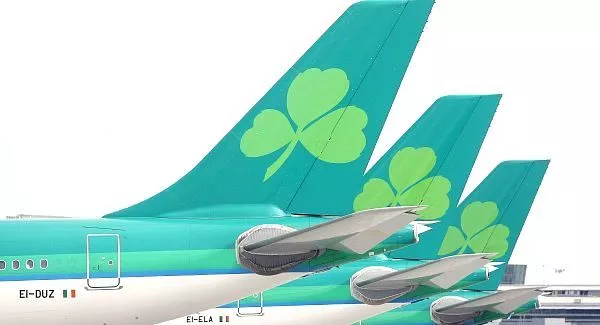Dublin Airport Authority and its masters must fast-track the airport and facility expansion process, writes Joe Gill.
An interesting juncture has been reached at Dublin Airport, the key aviation gateway for Ireland and a critical part of the infrastructure needed to advance the economy.
The chief executive of the Dublin Airport Authority (Daa) has in recent months detailed the €1.2bn capital expenditure programme underway to build a new runway and expand the facilities in and around the existing terminals.
The need for that spending to be urgently advanced cannot be underestimated. The remarkable recovery of the Irish economy has brought the airport in Dublin up to full capacity at key times during the day, particularly for early morning and evening slots. While that is a great reflection of the success achieved it has hampered further growth.
Indeed, it seems new airlines wishing to serve Dublin cannot find slots to work with. That implies we are turning away economic activity which can help jobs and promote the economy. In addition, the two key operators at Dublin, Aer Lingus and Ryanair, have plans in place to build both of their businesses over coming years through expanded fleets.

Aircraft have already been ordered for this purpose but these cannot be deployed if room is not available in the airport.
To fix this the Daa and its masters need to fast-track both the airport and facility expansion process. The new runway will have a dramatic effect on capacity in the facility while the development of existing terminals and their environs can support expansion from 2019 onwards. This has to the key priority for the board of the Daa and its ultimate owner, the Government, over the coming months. While that is taking place there is also some work underway to explore the viability of another terminal in Dublin.
This is an interesting topic of debate but is not something that helps address near- and medium-term growth opportunities for the airport, its key customers, and the broader economy. Airline customers ought to make their preferences clear as time marches forward. Is a new runway and expanded facilities at the existing terminals the crucial pinch point to be fixed and prioritised, or is a third terminal more important?
Providing unequivocal guidance could help the interested parties to move forward and allow aviation play its part in driving the economy. Other Irish airports will be watching all of this with interest.

The challenges finding slots at peak times during the day are not an issue in either Cork or Shannon but both are a distance from the greater Dublin area which, like it or not, is the core engine of momentum in the Irish economy at present. What is clear, however, is that Dublin is becoming more difficult for new employers to recruit staff, given the huge costs of housing. This will eventually divert more investment and projects to areas around Cork and Limerick which, in turn, will increase demand for air travel to those regions.
Compared to a short eight years ago these are high-quality problems for policymakers. Back then, jobs were being lost, air services were contracting, and the economy was in reverse. Anyone worried about capacity constraints in the airports was laughed at. Today, we have existing and potential industrial investors who want to expand into Ireland but are faced with logistical hurdles to facilitate that growth. Many of these are coming from areas outside of Europe.
Finding ways to clear any obstructions and support investment by these corporates, especially at a time when we are seeking markets outside of the Brexit orbit, must be a key priority for all.
Joe Gill is director of corporate broking with Goodbody Stockbrokers. His views are personal.






